




An Introduction to the Phonics Words
There is a lot to learn while starting school, from making friends to confidence with letters and numbers. While reading skills are now carefully taught from the very first days in nursery or kindergarten class through the first years of primary school, children still learn a lot through play.
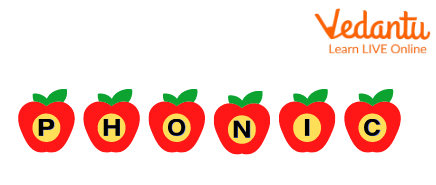
Phonics
Finding the best way to help your child through the early stages of reading can be challenging. If you want to learn more about what to expect as your child develops their reading skills, how to support them, and how you and your child can have fun while doing it, keep reading!
What Is Phonics?
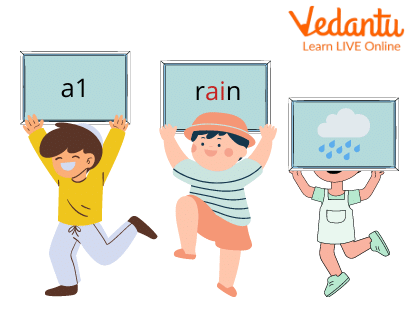
What is phonics?
Understanding the relationship between letters and sounds is phonics words. It is the connection between what we say and what we can read and write, in other words. Beginning readers can sound out words with the aid of phonics words.
Importance of Phonics
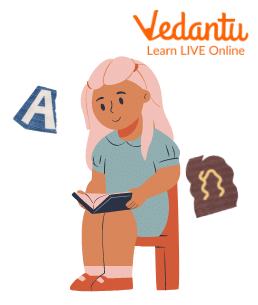
Importance of Phonics
Children must finally be able to combine letter sounds without hesitating over words as they become more active readers. The basis for the process is laid by phonics. Children are better prepared to master phonics skills thanks to this focus on sound and letter recognition. Children often go on to mix simple phrases about the midpoint of kindergarten and start to work towards developing automaticity.
List of Phonics Words
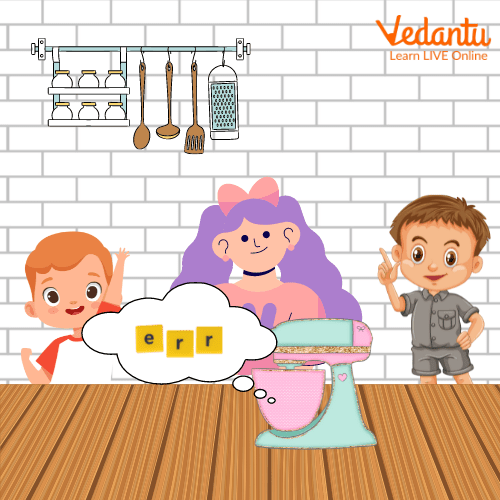
List of Phonics Words (a sound)
Following is the list of Phonics Words:
1. Vowels:
2. Diphthong:
3. Digraph:
4. Consonant Blends:
5. Syllables:
Phonics Patterns List
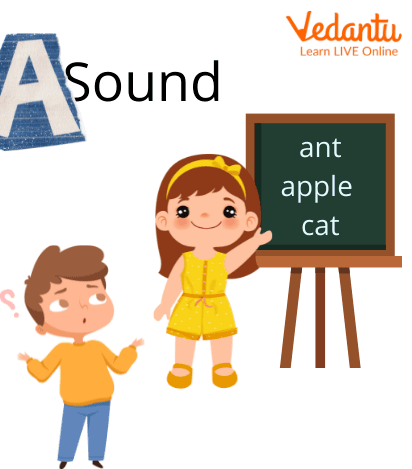
List out some phonics words
The following are the phonics patterns list:
Decoding
Decoding involves teaching kids to imagine how a letter sounds by looking at it and saying it out loud.
Examples of decoding and letter patterns
Vowel, consonant, and consonant words, such as o, a, and e: d-o-g, c-a-t...
Consonants in a cluster are those without a vowel in between, such as st, tr, cr, and sk in the words street and tree.
Vowel digraphs and trigraphs are combinations of vowel sounds that produce a single sound, such as the words "book" and "meet."
Consonant digraphs and trigraphs are combinations of two or three characters that produce a single sound. Such as chat, shoe, that; ch, sh, th, w...
R-controlled vowels are those in which the sound of the vowel is altered by the presence of a r, as in car, fur, and horn.
C and K sound: They can be recognised from one another more easily if they are referred to as "curly c" and "kicking k," respectively.
Blending
Once kids are able to recognise individual letter sounds and groups of letters, they can go on to learn how to mix the sounds and pronounce the whole word.
Phonics Practice
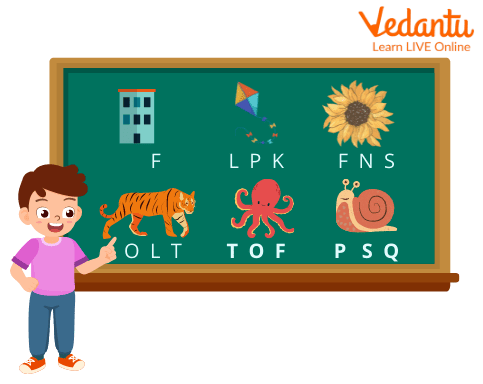
Practising Phonics Words
Here are some other techniques for enhancing phonics practice at home:
Partner with the instructor- Inquire about ways to reinforce reading and phonics outside of the classroom, and express any worries you may have.
Every day, read aloud to your youngster- Encourage your youngster to sound out words if they get stuck on one.
Increase understanding- What do you anticipate will happen next? What did he mean when he said that? etc. Here are some more excellent queries for storytime.
Revisit well-known literature- It's acceptable if your child wants to read old favourites again. Actually, it's advantageous!
Phonics Sounds List
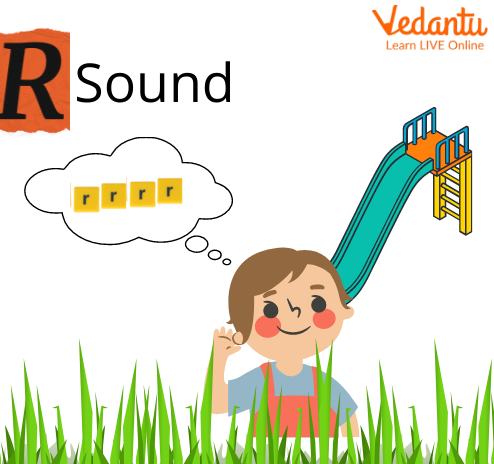
Phonic Sounds
The following is the phonic sounds list:
1. Notation for Constant Sounds
1. /b/ as in bet
2. /c/ as in cot
3. /d/ as in dip
4. /f/ as in fan
5. /g/ as in got
2. Notation for Vowel Sounds
1. /a/ as in cat
2. /e/ as in bet
3. /i/ as in kid
4. /o/ as in hot
5. /u/ as in nut
Summary
Children can learn to read and write using phonics. It aids kids with understanding, identifying, and using many sounds that separate one word from another in the English language. Knowing the sounds of the individual letters and how those letters sound together may help youngsters decode words as they read since written language can be compared to a code.
FAQs on Phonics Words - A Joyful Learning for Kids
1. Which phonics sounds come first and what exactly are phonic elements?
In some phonics programs, kids first learn the letters s, a, t, n, I, and p. This is so that kids can arrange those letter sounds after they are familiar with them into a number of different words (for example: sat, tip, pin, nip, tan, tin, sip, etc.).
Pronunciation and phonetic symbols, print awareness, alphabetic knowledge, the alphabetic principle, decoding, reading practice with decodable text, irregular or high-frequency words, and reading fluency are essential components of phonics and word study.
2. What are the five phonetic skills?
The following are the five phonetic skills:
The vowel will be short if only one consonant comes after it. Sun, cat, and mop, among others.
The vowel will be short when it is followed by just two consonants. Jump, last, and mint, for instance.
A vowel will be longer if it is spoken alone. Those are gone, I, and she.
The first vowel will be long when a word ends in a silent e. For instance, bake, tune, and hope.
The initial vowel is long and silent when two vowels are close together. Those are boat, seat, and feel.
3. What are the six elements of reading?
Research has shown that there are six key components that contribute to successful beginning reading. Due to the importance of these components, they have become known as the 'Big Six': oral language, phonological awareness, phonics, vocabulary, fluency and comprehension.















